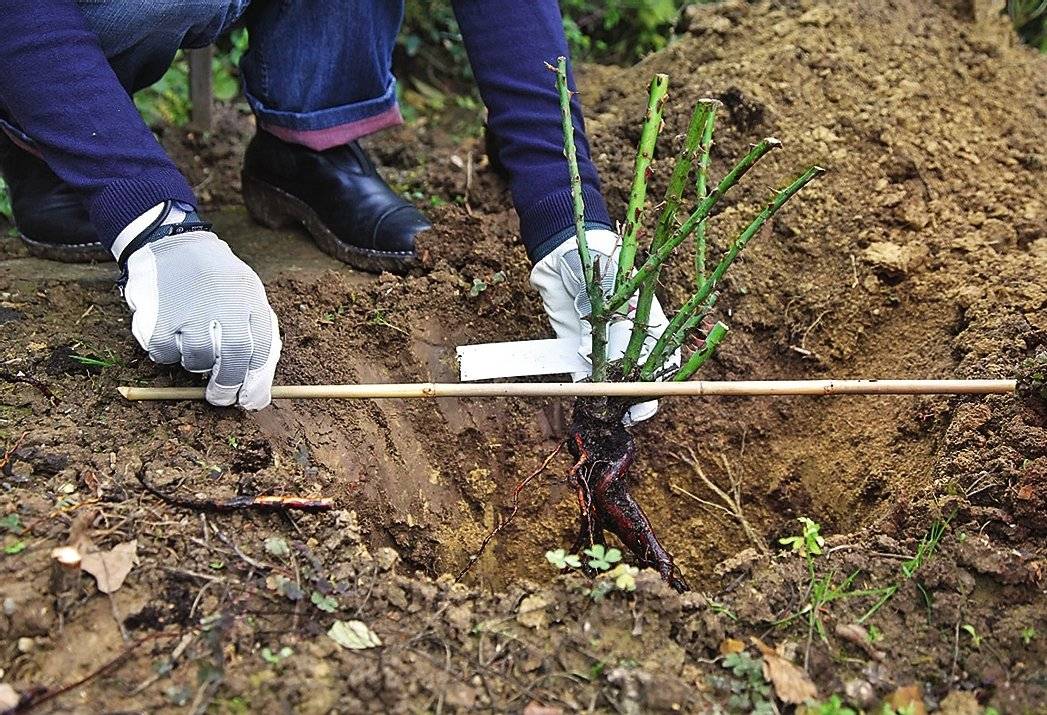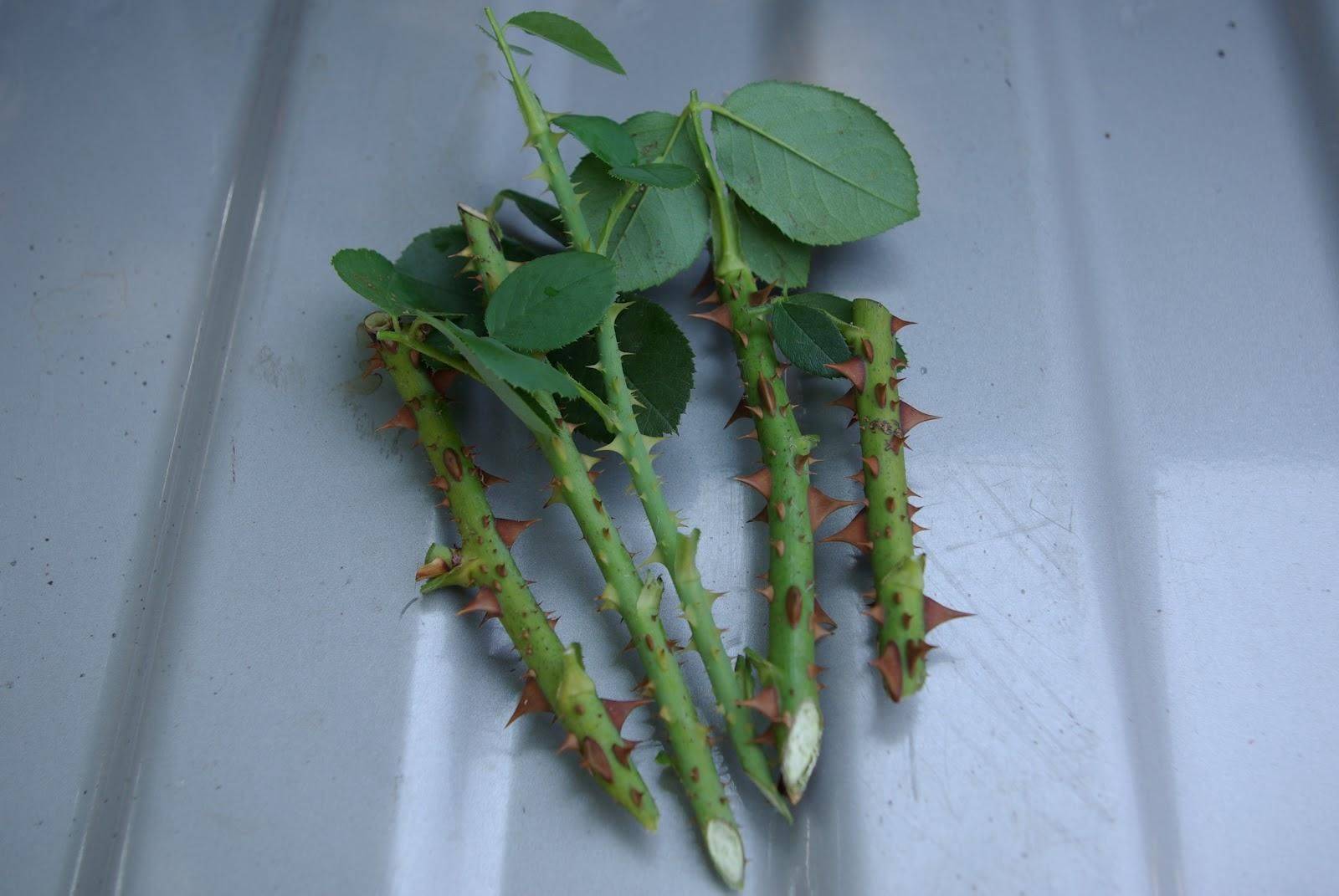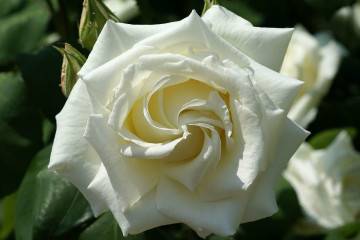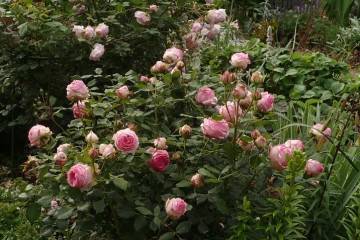Rose Titanic (Titanic) - characteristics of the Dutch variety
Content:
The Titanic variety is magnificent and capricious, but, in spite of everything, it is loved by gardeners and landscape designers. Dutch breeders gave the flower a name in memory of the huge ship, showing that the buds of this rose are also of decent size.
Rose Titanic (Titanic): short description, characteristics
Titanic is a hybrid tea rose. The flower blooms double, which is composed of 18-40 petals of cream or pale pink color. The bud can be up to 14 cm. The height of the bush is slightly higher than 1 m. The leaves are emerald green, the thorns are rare.
Advantages and disadvantages of the variety
Like any other species, the Titanic rose has its own characteristics.
Pros:
- stands in a vase for a long time;
- has a delicate aroma;
- she has rare thorns;
- frost-resistant;
- disease resistant.
Minuses:
- does not tolerate direct sunlight;
- requires painstaking care.
Growing a flower: how to plant it in open ground
Rose is a culture of active agricultural technology that requires careful maintenance.
It is recommended to plant a rose in open ground in mid-May, when the threat of frost has passed and the soil warms up enough.
Seat selection
The ideal place is where:
- no drafts;
- loose fertile soil;
- low groundwater table;
- good drainage;
- direct rays of the sun appear only in the morning and evening.
How to prepare the soil and flower for planting
Titanic prefers nutritious, slightly acidic soil with a pH of 6-6.5. The addition of peat or manure will help to increase the acidity, and to reduce it - lime or ash.
Planting procedure step by step
To plant a rose correctly, you need to take the following steps:
- Prepare a landing hole with a depth and diameter of at least 60 cm. The hole must be dug so that an earthen lump with roots fits freely in it.
- At the bottom of the pit, lay a drainage layer 10 cm thick (expanded clay, pebbles).
- Pour a 20 cm layer of nutritious flower soil on top of the drainage.
- Place the seedling in the prepared hole.
- Cover the root system with soil.
- Pour abundantly with water at room temperature.
- Mulch with peat, bark, sawdust.
Plant care
This variety requires care with the following procedures.
Watering rules and humidity
In the heat, watered every 2-3 days. Loosening and mulching will help preserve moisture in the soil.
Top dressing
Roses are fed in several stages:
- in the spring, nitrogen is needed in the form of inorganic and organic fertilizers;
- in the summer they use complex fertilizers that support flowering. You can apply liquid fertilizers for foliar feeding;
- in the fall, after the end of flowering, phosphorus-potassium fertilizer should be applied.
Pruning and replanting
Pruning is carried out twice a season;
- anti-aging. Held in October.Cut off shoots 2-3 buds above the ground;
- sanitary pruning. In the spring, rotted, dried out branches growing inward are removed.
Features of wintering a flower
The variety is resistant to cold temperatures down to -28 ° C.
How a rose blooms (Titanic variety)
The main purpose of a rose on the site is to decorate it with your own flowers, and this is why it is planted.
A period of activity and rest
The flowering of the variety begins in June and usually lasts about a month.
Care during and after flowering
In the summer, when the rose blooms, it needs a sufficient amount of moisture and nutrients. During this period, be sure to carry out:
- weeding and loosening;
- watering and mulching;
- top dressing;
- preventive treatment with pesticides.
What to do if it does not bloom
The main reasons why a rose does not bloom:
- the age of the bush. In the first year after planting, the rose does not bloom, or the plant requires rejuvenation;
- wrong landing site;
- severe pruning or lack thereof;
- root shoots. It needs to be removed, since the rose is wasting energy;
- illness;
- an overfed rose will not bloom. With a lack of nutrition, the plant does not have the strength to bloom.
Flower propagation
Reproduction methods are shown in the table.
| Way | When is it produced | Description |
| Semi-lignified green cuttings | summer |
|
| Lignified cuttings | Spring | |
| Dividing the bush | before bud break |
|
Diseases, pests and ways to control them
The variety is not resistant to diseases and pests. The best way is to prevent treatment with insecticides and fungicides several times per season.
The Titanic rose bush produces up to 200 flowers per season, so it is often grown for cutting. In a vase, these roses last up to 12 days. For the sake of this, it is worth choosing a variety for your home collection.


















